Bitcoin Block Reward Calculator
How Block Rewards Work
Bitcoin's block reward starts at 50 BTC and halves approximately every 4 years. As of April 2024, the subsidy is 3.125 BTC per block.
Current Year Selection
Current Block Reward
As of April 2024 (1st halving post-2024)
Projected 2030: Block reward drops below 50% of total revenue
Projected 2040: Block reward falls below 20% of total revenue
Projected 2140: Block reward reaches 0 BTC
When you send Bitcoin or Ethereum, you might notice a small fee attached to your transaction. But where does that money go? And why does it matter? The answer lies in the two main ways blockchain networks pay the people who keep them running: block rewards and transaction fees. These aren’t just technical details-they’re the economic engine behind every crypto network. Without them, no one would bother securing the system. And as the system evolves, the balance between these two is shifting in ways that could change how crypto works forever.
What Is a Block Reward?
A block reward is the total payment a miner or validator gets for adding a new block to the blockchain. It’s not one thing-it’s two parts stuck together. The first part is the block subsidy: brand-new coins created out of thin air and given to the person who solved the block. The second part is the transaction fees collected from all the transactions packed into that block.
In Bitcoin, the block subsidy started at 50 BTC per block. Every four years, it cuts in half. That’s called a halving. The last one happened in April 2024, bringing the subsidy down to 3.125 BTC per block. The next one’s due in 2028, and after that, it’ll drop again to 1.5625 BTC. This schedule is hardcoded. No one can change it. The goal? To make Bitcoin scarce. Only 21 million will ever exist, and the last coin won’t be mined until around 2140.
But here’s the catch: the block subsidy is shrinking. That means miners can’t rely on it forever. That’s why transaction fees are becoming more important.
What Are Transaction Fees?
Transaction fees are what users pay to get their transactions confirmed faster. When you send Bitcoin, you don’t just specify the amount you’re sending-you also say how much extra you’re willing to pay miners to include your transaction in the next block.
Here’s how it works: if you send 1 BTC from an address that has 1.01 BTC, the extra 0.01 BTC becomes the fee. Miners grab that and add it to their reward. They don’t care who you are or what you’re sending. They only care about the fee rate-how much you’re paying per byte of data. Higher fee rate? Higher priority.
During busy times-like when Bitcoin hit $69,000 in late 2021-fees spiked. On December 22, 2017, during a massive price surge, transaction fees made up 78% of total miner earnings. That day, users paid over 7,200 BTC in fees. The block subsidy? Just over 2,000 BTC. For a few hours, fees were the main source of income for miners.
Today, you can check live fee levels on sites like mempool.space. If you’re in a hurry, you might pay $5 to confirm your transaction in 5 minutes. If you’re patient, you can wait hours and pay 10 cents. It’s a free market. You decide your priority.
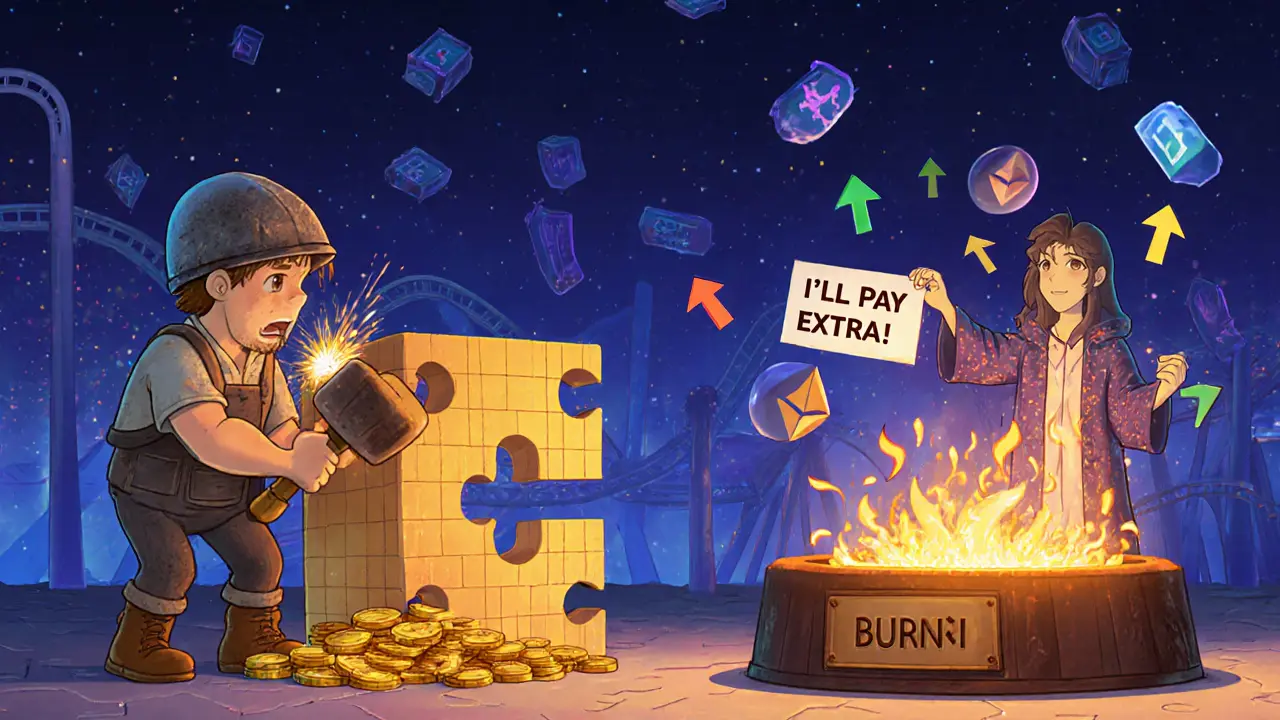
Bitcoin vs Ethereum: Two Different Models
Bitcoin and Ethereum handle rewards in completely different ways. Bitcoin is all about mining. Ethereum switched to staking in 2022. That’s not just a technical change-it’s a whole new economic model.
Bitcoin miners compete to solve complex math puzzles using powerful hardware. The winner gets the block reward: subsidy + fees. They need electricity, cooling, and expensive machines. It’s expensive and energy-intensive, but it’s proven to work for over 15 years.
Ethereum doesn’t use mining anymore. Instead, validators lock up 32 ETH to participate. They’re chosen randomly to propose and validate blocks. Their reward comes from two sources: new ETH issued as staking rewards, and transaction fees. But here’s the twist: Ethereum burns a portion of every transaction fee. That means those fees disappear from circulation instead of going to validators.
This burning mechanism makes Ethereum’s supply dynamic. When the network is busy-like during NFT drops or DeFi spikes-more fees are burned than are issued as staking rewards. That makes ETH deflationary. When things are quiet, it’s slightly inflationary. It’s a feedback loop based on usage, not a fixed schedule like Bitcoin’s halving.
For users, this means Ethereum’s fees are more volatile. For validators, it means their income is less predictable. But it also means the network has a built-in way to reduce supply when demand is high.
Why the Shift to Fees Matters
As Bitcoin’s block subsidy drops, miners need to make up the difference. In 2024, the block subsidy was still about 85% of miner revenue. By 2030, that number could fall below 50%. By 2040, it might be under 20%.
That’s a huge problem. If transaction fees don’t rise enough, miners won’t make enough to cover their costs. They’ll shut down. And if miners leave, the network gets less secure. Attackers could take over. That’s why experts say the long-term survival of Bitcoin depends on fee markets becoming strong and reliable.
Right now, Bitcoin’s fee market is still immature. Most users don’t pay high fees because they don’t need to. But when demand spikes-like during a crypto bull run-fees jump fast. That’s a sign the system can handle it. The real test will come when the subsidy is tiny and fees are the only thing keeping miners alive.
Ethereum’s model is different. Validators don’t need expensive hardware. They just need to keep a computer running and stay online. Their rewards are more stable, but they’re still tied to network usage. If Ethereum becomes the go-to platform for apps, fees will rise. If it doesn’t, validators might earn less.
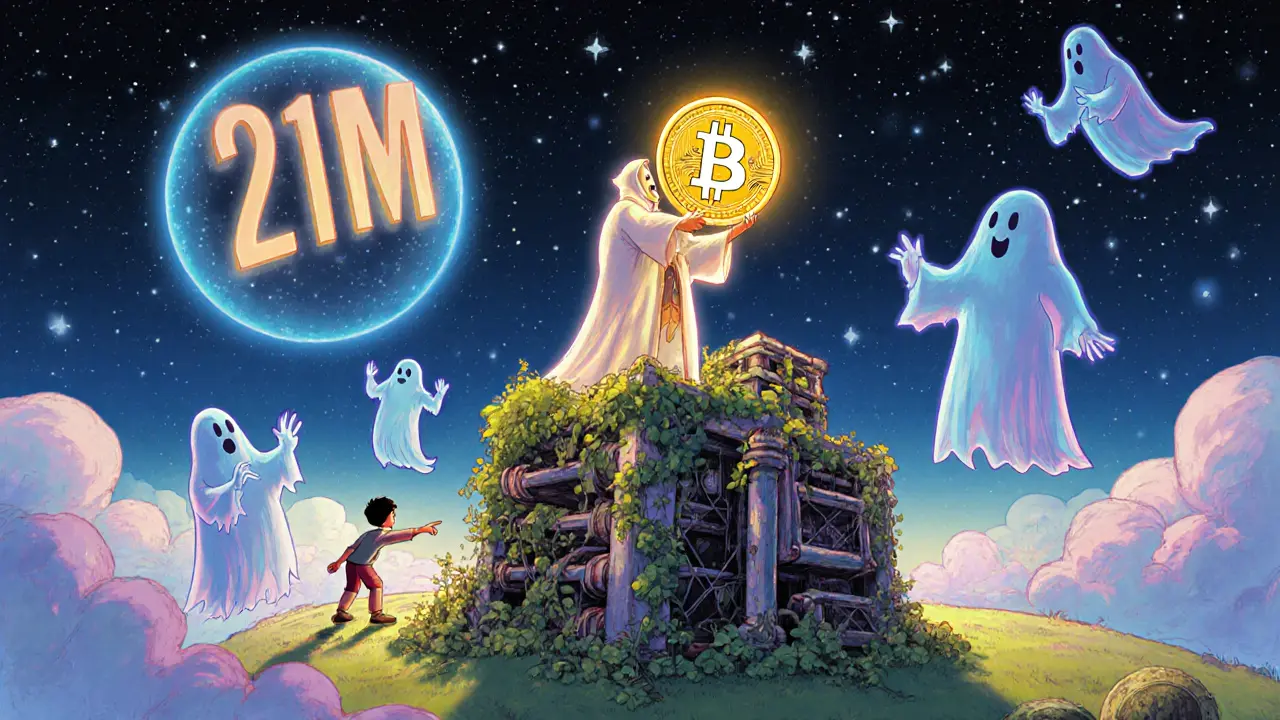
What Users Should Know
If you’re sending crypto, here’s what you need to do:
- Check the current fee levels before sending. Use a wallet that shows real-time estimates.
- Don’t assume your transaction will go through instantly. During congestion, low fees mean delays.
- For Bitcoin, avoid sending during peak hours (usually weekdays, 10 AM-4 PM UTC).
- For Ethereum, remember: fees go to burning, not validators. That’s good for ETH’s value, but it doesn’t help you get faster confirmation.
- Use batch transactions if you’re sending to multiple addresses. It saves fees.
Some people complain about unpredictable fees. That’s true. But it’s also the price of decentralization. No central bank sets your fee. You’re in a free market. If you want speed, you pay. If you want cheap, you wait.
The Future of Network Security
Security in crypto doesn’t come from trust. It comes from money. Miners and validators are paid to act honestly. If they cheat, they lose their reward-or worse, get slashed (in Ethereum’s case).
The question isn’t whether block rewards or transaction fees are better. It’s whether the system can transition from one to the other without breaking. Bitcoin’s path is clear: fees must rise. Ethereum’s path is trickier: it must keep usage high enough to burn more than it issues.
Some experts worry that if fees stay too low, Bitcoin could become vulnerable. Others believe that as adoption grows, fees will naturally rise. The truth? We’re still in the early stages. The next 10 years will show which model wins.
One thing’s certain: block rewards and transaction fees aren’t just technical details. They’re the heartbeat of crypto. They decide who gets paid, how secure the network is, and whether the system can survive long after the last coin is mined.
Are block rewards and transaction fees the only way miners get paid?
Yes. In Bitcoin and most Proof-of-Work chains, miners earn money only from block subsidies (newly minted coins) and transaction fees. There’s no other source of income. In Proof-of-Stake networks like Ethereum, validators earn staking rewards (new ETH issuance) and transaction fees, but the fees are partially burned. So while the structure changes, the core idea stays the same: participants are paid to secure the network.
Why does Bitcoin’s block reward halve every four years?
It was designed by Satoshi Nakamoto to control inflation and create scarcity. By cutting the reward in half every 210,000 blocks (roughly every four years), Bitcoin mimics the diminishing supply of precious metals like gold. This predictable schedule gives investors certainty and helps maintain value over time. The halving also forces the network to rely more on transaction fees as the subsidy shrinks, which is meant to ensure long-term security.
Do higher transaction fees mean faster confirmations?
Yes. Miners and validators prioritize transactions with higher fees because they earn more. If you set a low fee during a busy time, your transaction might sit in the mempool for hours-or even days. Tools like mempool.space show real-time fee estimates so you can pick the right speed: economy, standard, or priority. It’s a marketplace: pay more, get processed faster.
Is Ethereum’s fee burning better than Bitcoin’s fee model?
It depends on your goal. Bitcoin’s model gives all fees to miners, directly supporting network security. Ethereum burns most fees, reducing the total supply of ETH, which can increase its value over time. But it doesn’t directly pay validators as much. So if you care about miner incentives, Bitcoin’s model is stronger. If you care about ETH scarcity, Ethereum’s is better. Neither is perfect-both are experiments in decentralized economics.
Will transaction fees ever replace block rewards completely?
Yes, eventually. In Bitcoin, the block subsidy will keep halving until it reaches zero around 2140. At that point, miners will rely entirely on transaction fees. The big question is whether fee revenue will be high enough to keep the network secure. Ethereum’s validators will always get some staking rewards, but fees will still be a major part of their income. The networks that succeed are the ones that grow enough usage to make fees sustainable.
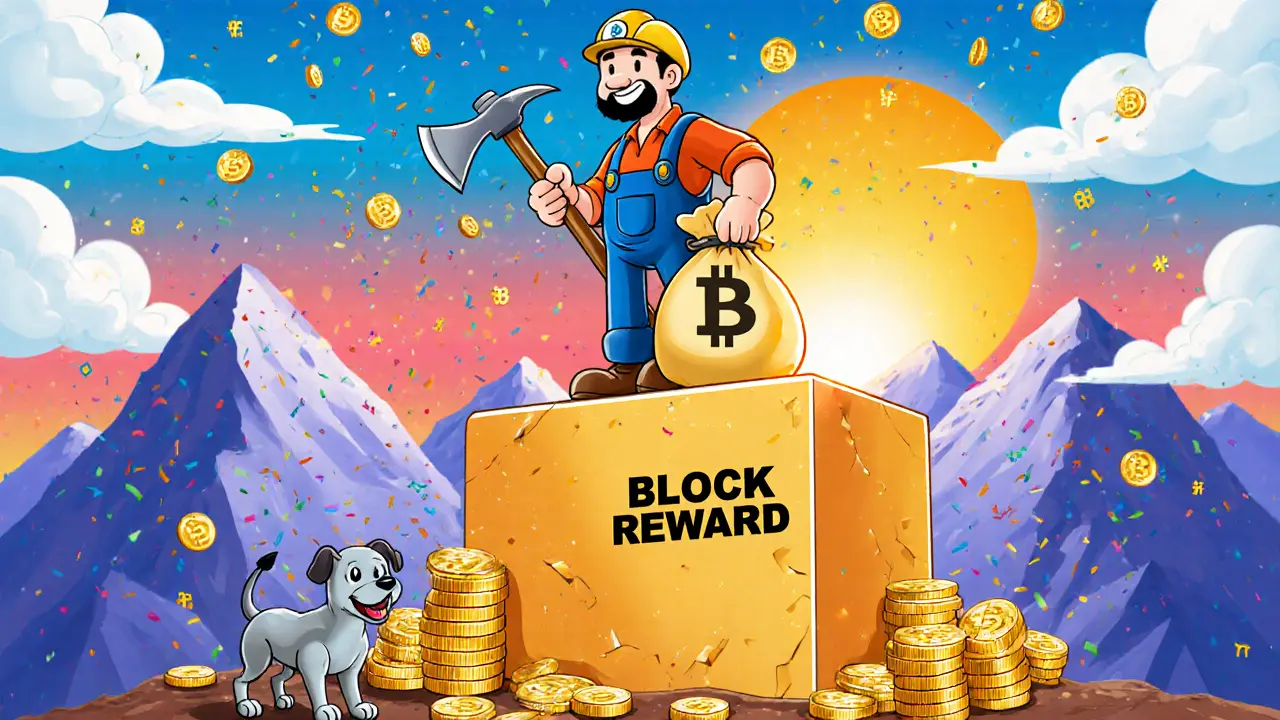
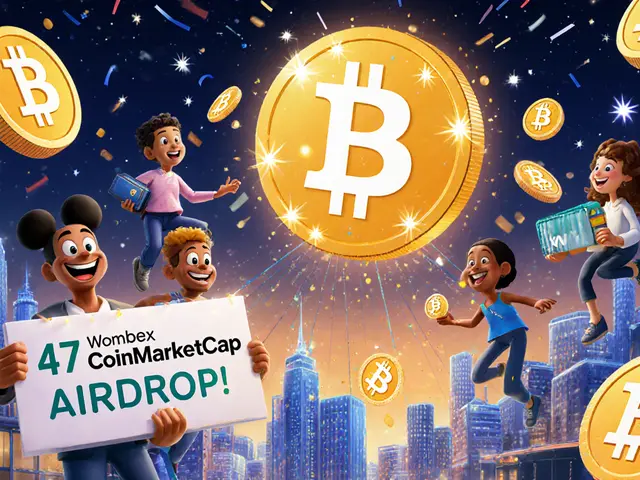
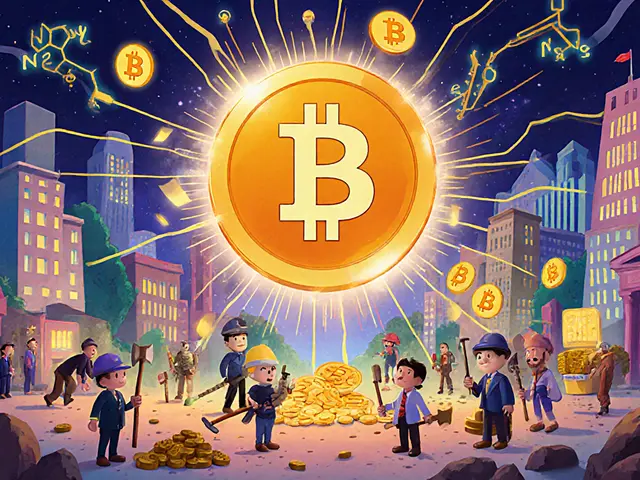
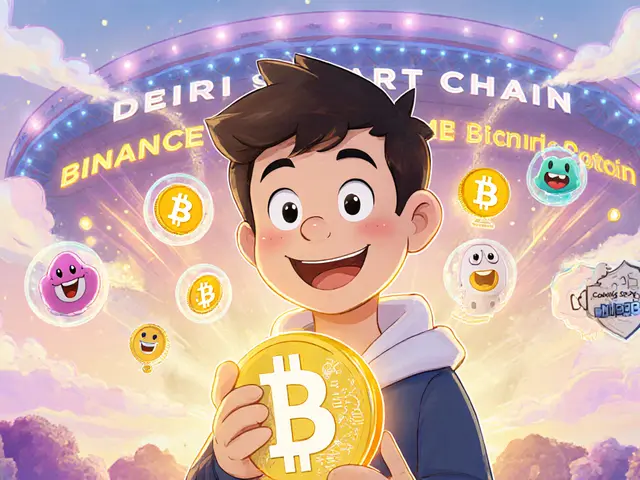

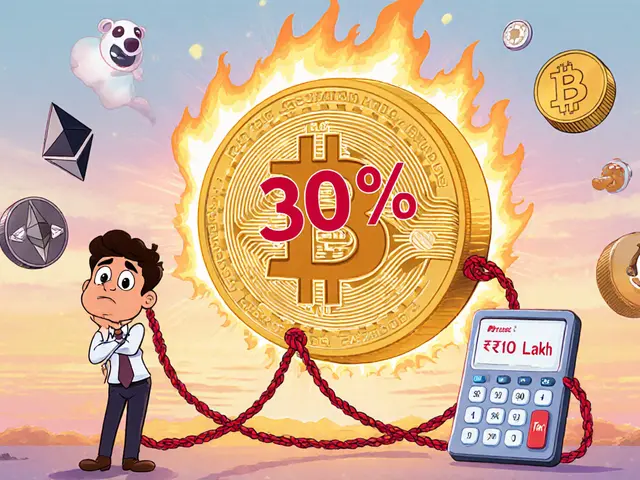
Michelle Sedita
It's fascinating how Bitcoin's design forces us to think about long-term incentives. The halving isn't just a technical quirk-it's a philosophical statement about scarcity and human behavior. We're essentially building an economic clock that ticks toward zero subsidy, and the network's survival hinges on whether users will willingly pay for security. That’s profound, really.
John Doe
They’re lying about the fee market. The real reason fees are low? Centralized mining pools are suppressing them to keep the illusion of ‘decentralization’ alive. Meanwhile, the Fed’s printing money like it’s 2008. This whole thing’s a trap. 🤫💸
Cydney Proctor
Oh, so now we’re supposed to be thrilled that Ethereum burns fees? That’s not innovation-that’s financial self-sabotage. Validators get crumbs while the protocol pretends to be deflationary. If you think this is sustainable, you’ve never read a balance sheet.
Cierra Ivery
Wait-so you’re saying miners will just… stop if fees don’t rise? But what if they don’t? What if the whole thing collapses? And what if the government steps in? And what if the hash rate drops to 10%? And what if-
-I mean, come on, this is terrifying. We’re all just waiting for the moment the lights go out, aren’t we?
Veeramani maran
bro i think u missed that in eth staking rewards are paid in new eth but fees burned so its like deflationary pressure but in btc its all fee based so miner need to be profitable or they go offline, also in india we have low fee cuz low usage but when nft boom happen u see fees jump like crazy
Kevin Mann
Okay, let me just say this-I’ve been in crypto since 2017, I’ve seen the halvings, I’ve watched fees spike to $60, I’ve watched people cry because their transaction took 12 hours, I’ve watched miners sell their ASICs because they couldn’t pay their electric bills, I’ve watched Ethereum switch to proof-of-stake and everyone scream ‘it’s centralized now!’-and I’m telling you, THIS IS THE MOST IMPORTANT THING THAT’S EVER HAPPENED TO CRYPTO.
It’s not about tech. It’s about incentives. It’s about whether we trust money that doesn’t print itself. It’s about whether we believe in a future where no one controls the ledger. And if you think fees are ‘unpredictable,’ you’re not looking at the bigger picture. You’re looking at your wallet. The network? It’s fine. It’s always been fine. We’re just not ready to grow up yet.
And if you think Ethereum’s burning fees is bad? You’re forgetting that Bitcoin’s entire value proposition is scarcity. So why are we mad when ETH does the same thing? Why are we mad when the market decides what’s valuable? Why are we mad when we’re forced to pay for what we use? We’re not mad about fees. We’re mad because we thought crypto was free. It’s not. Nothing worth having ever is.
Kathy Ruff
One thing I’ve learned from watching this space: the people who complain about fees are often the same people who don’t understand how markets work. Fees aren’t broken-they’re functioning exactly as designed. The network isn’t broken, the user expectations are. If you want fast, pay more. If you want cheap, wait. It’s not magic. It’s economics. And honestly? It’s beautiful.
Robin Hilton
Bitcoin is the only real cryptocurrency. Ethereum is a Wall Street casino with a blockchain veneer. Miners secure the network with real hardware, real power, real risk. Validators? They just stake coins and collect interest. That’s not security-that’s rent-seeking. And don’t get me started on ‘burning fees.’ That’s just inflation in reverse. It doesn’t make ETH valuable-it just makes the price chart prettier.
Grace Huegel
I just feel like… we’re all pretending this is sustainable. Like, what if no one ever pays high fees? What if adoption stalls? What if the next halving is the one where miners just… quit? I don’t sleep well thinking about it.
Nitesh Bandgar
Bro the whole thing is a scam-miners are just slaves to the algorithm, and users are the real suckers paying for gas while the devs get rich on governance tokens! And don’t even get me started on how the ‘burn’ is just a marketing trick to make ETH look like gold when it’s really just another fiat-backed Ponzi!
And don’t tell me about ‘decentralization’-I’ve seen the validator lists, and 70% are run by Coinbase and Lido! This is worse than banks!
Jessica Arnold
There’s a poetic symmetry here: Bitcoin’s model is monastic-strict, disciplined, sacrificial. Ethereum’s is theatrical-dynamic, responsive, almost alive. One is a cathedral built to last a millennium. The other is a living temple, breathing with the pulse of its users. Both are valid. Both are fragile. Both are human.
Chloe Walsh
So basically we’re all just waiting for Bitcoin to die and then everyone will cry and say ‘I told you so’ and then Ethereum will die too and then we’ll all just go back to PayPal and call it a day
and nobody will remember any of this except the people who bought at the top
and the miners who went bankrupt
and the devs who got rich
and the rest of us who just wanted to send $5 to a friend
Stephanie Tolson
If you’re new to this, don’t panic. The fee market is still young. Think of it like the early internet-nobody paid for bandwidth back then either, and now we pay for streaming, cloud storage, and faster connections. This is the same evolution. The network is learning how to value its own security. It’s not broken. It’s growing.
And if you’re worried about miners? They’re not disappearing. They’re just getting smarter. They’re moving to cheaper energy. They’re partnering with renewables. They’re innovating. This isn’t the end. It’s the beginning of a more mature system.
You’re not losing. You’re upgrading.
Anthony Allen
I think people miss the point: both models are experiments. Bitcoin’s trying to prove that scarcity alone can secure a network. Ethereum’s trying to prove that usage can drive value. Neither has won yet. But the fact that we’re even having this conversation? That’s the win.
Imagine if we’d had this debate in 2010. We wouldn’t have even known what to ask. Now we’re asking the right questions. That’s progress.
karan thakur
This is all just a distraction from the real issue: crypto is a tool for the elite to avoid taxation. Miners are tax evaders. Validators are money launderers. The ‘block reward’ is just printed money. The ‘burn’ is a cover-up. The government knows this. They’re waiting to strike.
Vipul dhingra
Bitcoin is dead already because the halving didn't move the price and everyone knows it so why even talk about fees when the network is already dying
Wendy Pickard
Thanks for writing this. I used to think fees were a ripoff. Now I see them as a quiet act of trust-paying not for a service, but for a promise. That’s worth something.
Jeana Albert
They’re lying to you. The block subsidy is going to zero because they want to force you into staking. They want to control you. Ethereum’s burn? That’s a lie. The real money is in the Lido staking derivatives. You think you’re helping the network? You’re funding a hedge fund. Wake up.
Natalie Nanee
I just hope someone pays attention to this before it’s too late.